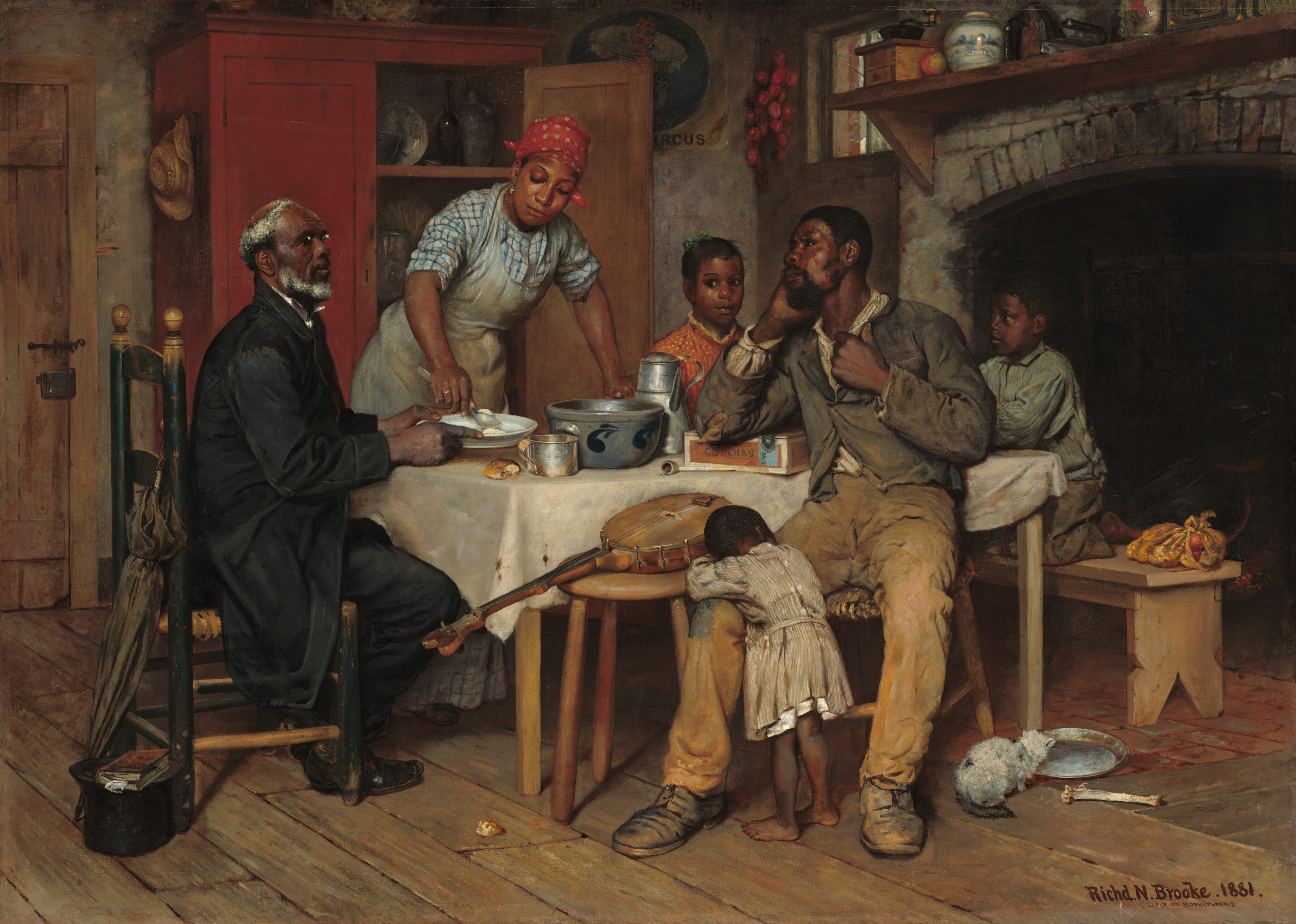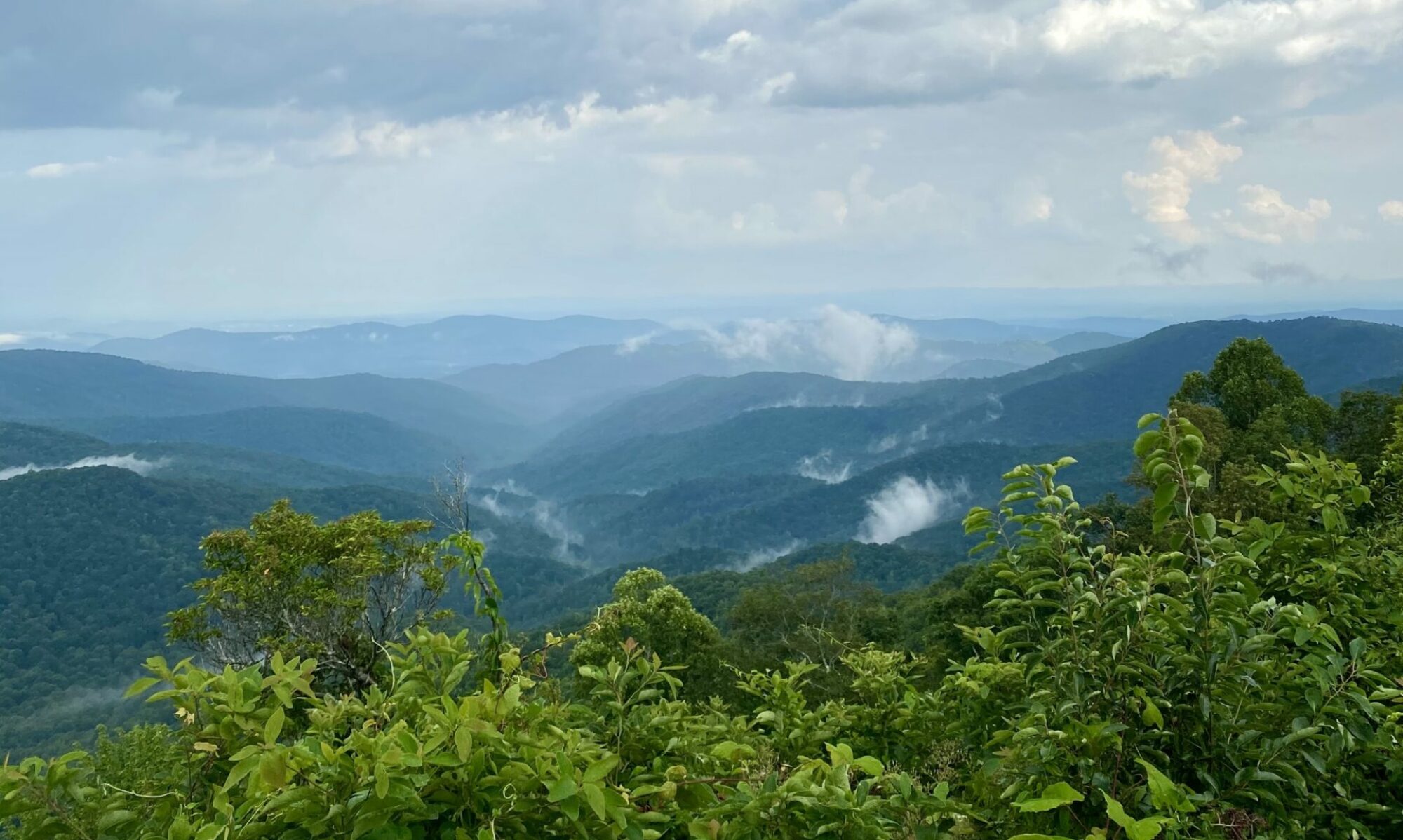I love great art.
So, I’ve decided to add a new category of posts to my collection. I’m going to call it “Human Creativity”.
According to Jewish and Christian beliefs, humans possess great gifts from God. And a great capacity to bear witness to Truth, Goodness, & Beauty. After all, we were created in God’s image and after God’s likeness. Our vocational call is to be angled mirrors, reflecting God’s attributes to the world, and then gathering up the praises of the world and offering them in worship back to God.
Great art leans in that direction. It can give witness to what is real. Even when created by those who don’t “call on the name of the Lord.”
But it requires that you stop and see as you submit to the real. Contemplation is a good word for this activity. Attention to the real. Attention to something higher. Producing a yearning for more. Art can help you cultivate a sense of wonder as you observe and respect what you see. So submit to the stretch. And gaze at beauty.
I hope you enjoy them. [Click on art work. Wide screen works best]

Courtesy National Gallery of Art, Washington
Public Domain
By Richard Norris Brooke (painter) American, 1847 – 1920
Oil on Canvas
Overview
A Pastoral Visit, the most celebrated of Richard Norris Brooke’s genre scenes, or views of everyday life, depicts a family welcoming their elderly pastor to Sunday dinner—a frequent occurrence in both black and white rural parishes that could not afford parsonages. According to tradition, the pastor is served first and, following the meal, he will be presented with both the cigar box containing the congregation’s weekly contribution (duly protected by the family patriarch) and the cloth-wrapped fruit at right. The banjo, prominently placed at the center of the composition symbolizing its importance in African American culture, may indicate an after-dinner musical interlude.
The family’s home, rustic but comfortable, features a sturdy cupboard housing pottery and glass and brick fireplace on whose mantel are neatly arranged a coffee grinder, a ginger jar, and clothes irons. Decorating the corner near a damaged window are a circus poster and a string of dried chilies. Brooke had ample opportunity to study the interior depicted; it was located in a residence near his home in Warrenton, Virginia, where he painted the canvas. Likewise, the features of the figures resulted from the artist’s use of his Warrenton neighbors as models: George Washington, Georgianna Weeks, and Daniel Brown.
Brooke was one of many artists to depict African American life in the 1870s and 1880s, inspired by the dramatic social change during Reconstruction, when blacks achieved citizenship, voting rights, and protection under the Constitution. Unlike many of his peers, he portrayed his subjects with a degree of humanity and dignity rare in contemporary depictions of African Americans. In his letter offering the painting to the Corcoran Gallery of Art for purchase, Brooke criticized such renderings as “works of flimsy treatment and vulgar exaggeration.” He also referenced his recent French academic training, stating that he wished to elevate his rural subject “to that plane of sober and truthful treatment which … has dignified the Peasant subjects of [his French contemporary] Jules Breton, and should characterize every work of art.”
Courtesy National Gallery of Art, Washington.
https://www.nga.gov
+++
